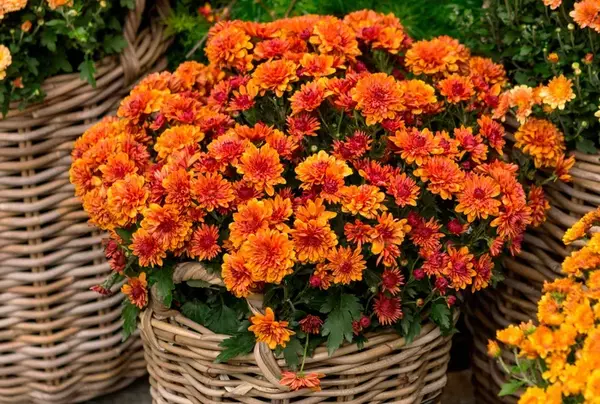
Do Deer Eat Mums? 6 Tips for Protecting Your Fall Flowers from Damage
As you're setting out fall flowers on your front porch, you may be wondering: Do deer eat mums? And for that matter, what about the pansies, ornamental kale, and other colorful annuals that are popular for autumn displays? If you've been dealing with deer through the growing season, you've probab
Recent Posts

Do Deer Eat Mums? 6 Tips for Protecting Your Fall Flowers from Damage

What to Look for in a Multigenerational Home

Down Payments Fall From Historical Peak: See How Much You Need To Put Down To Buy a House Today

How to Do a No-Demo Reno (and Boost Your Curb Appeal at the Same Time), According to Bobby Berk

